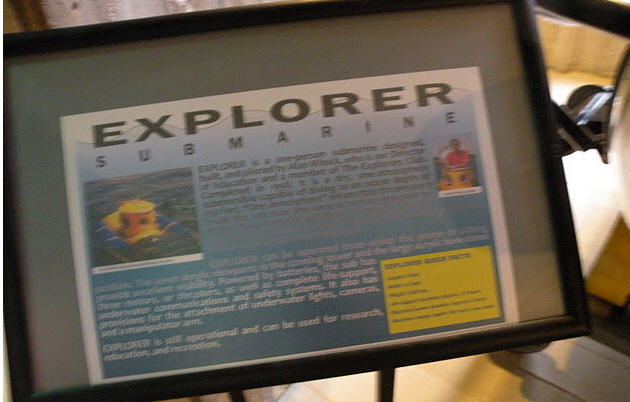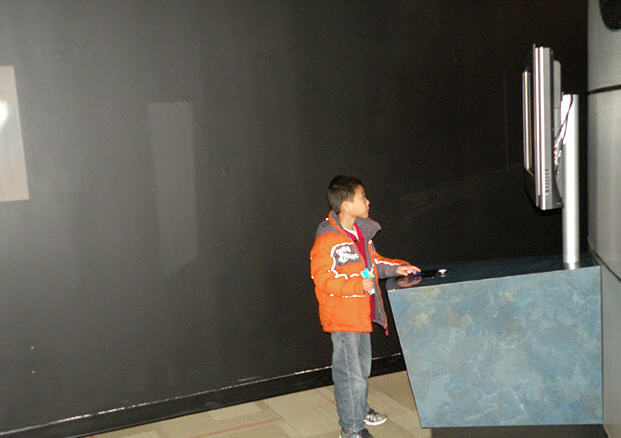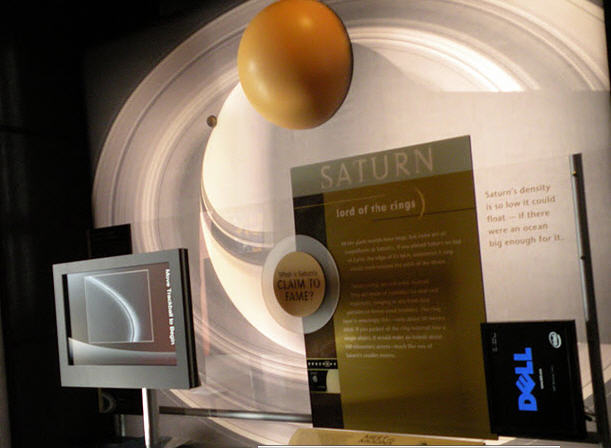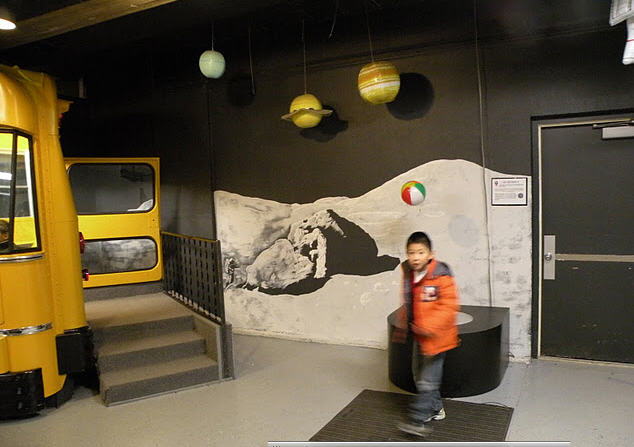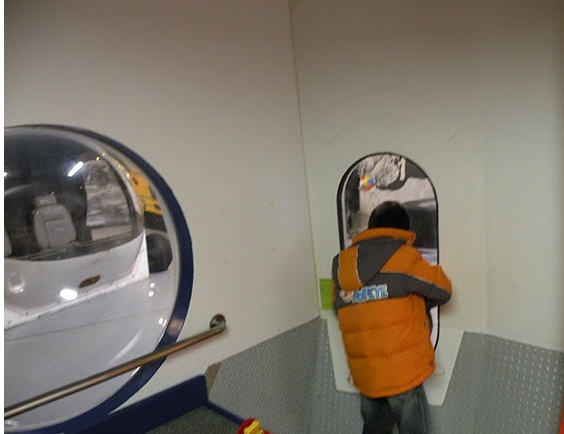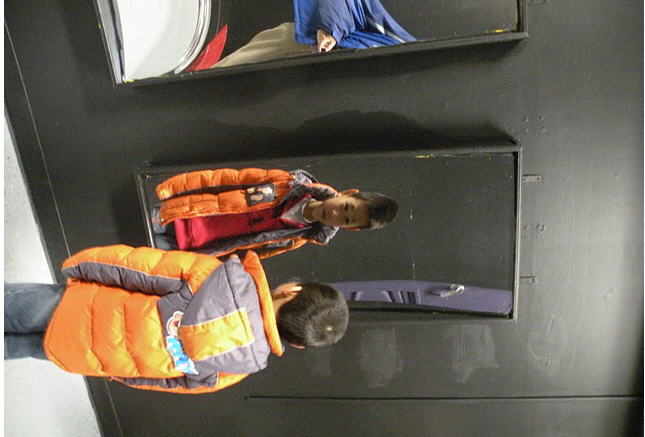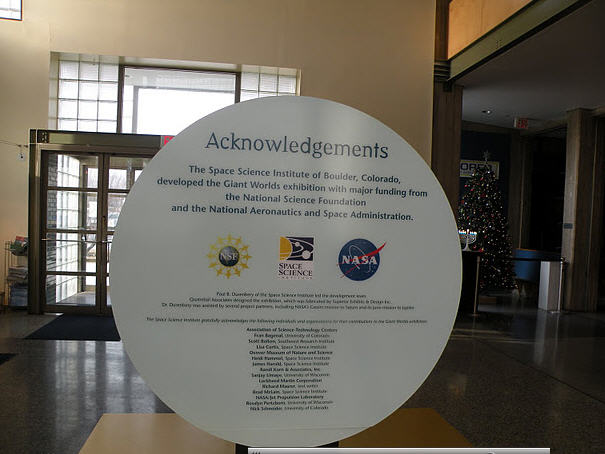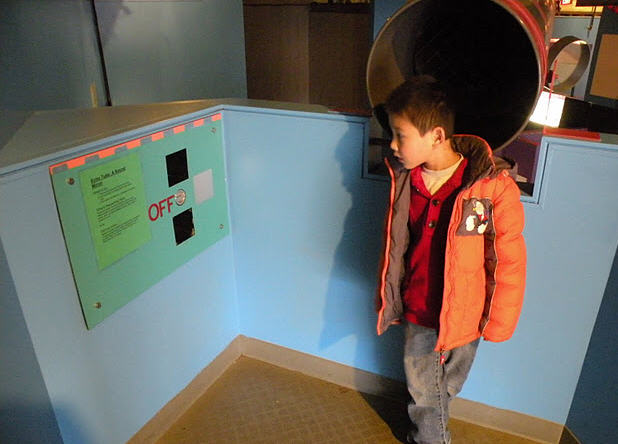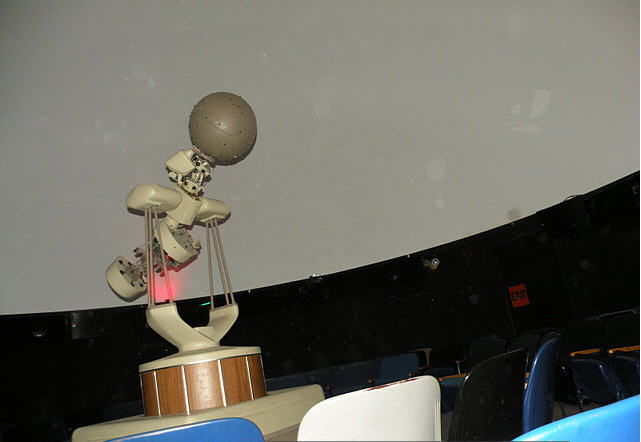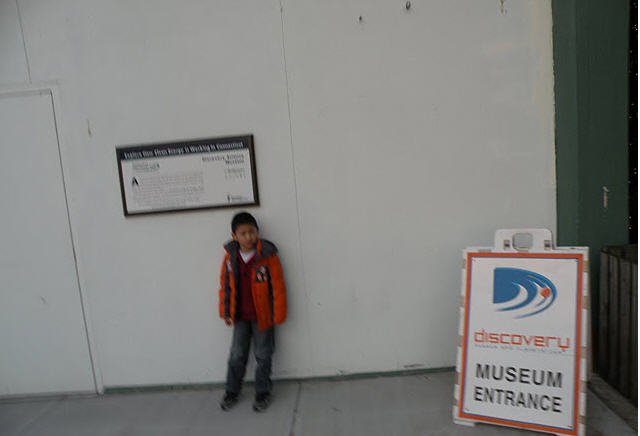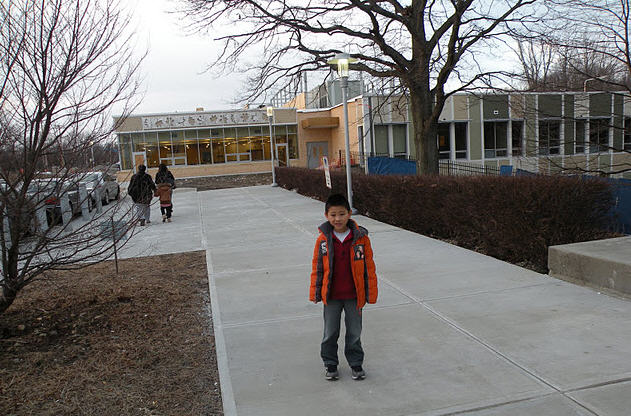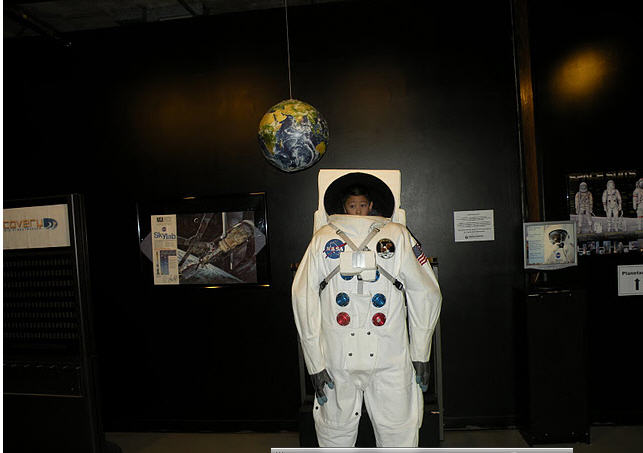博文
康州Discovery Museum and Planetarium掠影(二)(2010年12月19
|||
康州Discovery Museum and Planetarium掠影(二)(2010年12月19日)
黄安年文 黄安年的博客/2011年12月4日(美东时间)发布
康州Discovery Museum and Planetarium是普及科学和天文知识的课堂,深受孩子们的喜爱。2010年12月19日,两个外孙来到这里参观。照片(一)25张, (二)17张,是当日拍摄的。
******************8
About The Discovery Museum and Planetarium
The Discovery
Museum functions as both
a tourist attraction featuring science and space science exhibits and as an
informal science education center. Through its exhibits,
it enhances public understanding of science and technology by providing fun,
instructive experiences that encourage participant interaction. As an informal
science education center, it provides an extensive range of educational
programs in science and technology and in the area where the two
disciplines interact. Nearly 55,000 children participate in the museum’s
science programs and outreach activities each year.
The Discovery Museum’s 20,000 square foot facility includes changing
and permanent
interactive exhibit galleries, a 124 seat planetarium,
Connecticut’s only Challenger
Learning Center, an 80 seat auditorium, and five multi-purpose
classrooms where hands-on science classes are conducted for schools, groups and
the general public.
Permanent
exhibits include Green Energy, Sound, Light and Space Galleries and
a simulated Moon Base Discovery play area for very young visitors. The recently
upgraded Henry B. duPont III
Planetarium offers traditional star shows
and fulldome digital planetarium shows daily for both very young children and
for ages 8 and up.
The Discovery Museum, Inc. is an independent 501(c) 3 organization operated by
a Board of Trustees. It is not affiliated with any government entity. It is
located at 4450 Park Avenue,
Bridgeport, CT,
one mile south of Merritt Parkway Exit 47.
http://www.discoverymuseum.org/about/about.html
History of The Discovery Museum and Planetarium
The Museum was founded in 1958 and
opened to the public in 1962 as The Museum of Art Science and Industry.
“M.A.S.I.” was the only non-historical, multi-disciplinary museum in the
Greater Bridgeport area. Early exhibits ranged from the natural and physical
sciences to decorative and fine arts.
In 1985, recognizing the regional movement from industry to technology that
occurred in the 70’s
and 80’s, the museum’s Board
of Trustees redefined the mission of the Museum to focus on two distinct areas:
Science and Art. A master plan was developed which included the renovation of
the facility, installation of interactive science exhibits, and improved
gallery space.
Exhibits moved away from natural science, expanded in the physical sciences,
and added technology. In direct response to the pleas of educators who
expressed the need for assistance in teaching the physical sciences, the museum
developed a science curriculum that met the standards of the CT State
Department of Education.
In 1990 MASI became The Discovery Museum, reflecting a commitment to “hands-on”
experiences and participatory education. In 1991 with the help of area
corporations and the State of Connecticut, the
Challenger
Learning Center was installed as the only center of its kind within New England and the 6th nationwide.
In 2000 the museum’s strategic plan called for a focus on science &
technology. In 2001, the Board of Trustees further focused the institution’s
efforts on science and technology by adopting the current mission: “to educate,
excite, and engage visitors in the exploration of science, technology, and
ideas through interactive experiences that promote new insights.”
In December of 2001, the museum established the practice of hosting traveling,
hands-on science exhibitions three times a year.
In 2004 Governor John Rowland announced substantial funding for The Discovery
Museum as part of the state’s continued focus on advancing math and science
education.
In September 2009 ground was broken adjacent to the museum for a regional
science magnet school which will share the name “Discovery”. It is scheduled to
open in January of 2011. The
Discovery Magnet School will collaborate with museum educators and Sacred Heart
University to teach
students, utilizing the hands-on scientific method long embraced by the museum.
The school is expected to become a national model.
2010 Visiting
Exhibits in the main level galleries continue to incorporate
engaging, hands-on, interactive science experiences. The museum’s educational
programs remain focused on the physical sciences and space science and reach
more than 40,000 students each year. The Museum’s lower level is now a Space
Gallery and includes a permanent live feed exhibit from the Space
Telescope Institute. The Henry B. duPont III
Planetarium presents entertaining and educational, full-dome,
digital planetarium shows in addition to traditional star shows. A Green Energy
exhibit on the Museum’s upper level and plans for a scale model Solar System
Trail to open in the spring in the woods behind the museum, extend science
education to include good stewardship of our planet.
The Discovery Museum and Planetarium – History and Timeline
- 1936: Our roots go back to Oct 31, 1936, when 40 women, headed by Mrs. Henry D. Bradley, began planning for a children’s museum of American history, travel, art, industry, science and nature for Bridgeport.
- 1937: The museum opened in Bridgeport’s Black Rock Library basement.
- 1950: Activities were moved to Bridgeport’s North End Library basement.
- 1952: Wonder Workshop was created using “experimental” educational techniques: interdisciplinary teaching!
- 1958: The Junior League of Eastern Fairfield County founded the Museum of Arts, Science & Industry (MASI) to create a permanent facility. Bridgeport area industrial leaders, headed by William Simpson, played significant roles in the development and construction of the museum, which was the only non-historical museum in the greater Bridgeport area. 10 acres of “90 Acres Park” on Park Avenue were leased from the city for 100 years.
- 1960: Captain John Brooks House, the oldest house in Bridgeport, was donated and moved to museum grounds. A museum design by John Johansen, a member of “The Harvard Five”, was approved.
- 1962: The main building opened on January 21st, with exhibits in industry, physical and natural science, as well as art. The museum’s new planetarium was ranked as one of the 12 major planetarium facilities in the nation.
- 1960s: Schools began to use the museum extensively both for its exhibits and the Wonder Workshop.
- 1976: The planetarium was renamed the Henry B. duPont III Planetarium to honor him.
- 1985: Recognizing the regional movement from industry to technology, the museum’s Board of Trustees redefined its mission to include the development of a technologically competent workforce. Exhibits moved away from natural science, expanded in the physical sciences, and added technology.
- 1985: The first interactive exhibits were installed. Attendance nearly doubled.
- 1987: A State of Connecticut grant funded a state-of-the-art Spitz System 512 planetarium instrument.
- 1988: The “Wonder Workshop” building was added.
- 1990: MASI became the Discovery Museum, reflecting a commitment to “hands-on” experiences and participatory education. An interactive science floor opened with over 100 hands-on exhibits.
- 1991: The museum’s Challenger Learning Center opened. It was the first in the Northeast, and the sixth in the country.
- 1992: The museum opened an Interactive Art Gallery, the first in the U.S.
- 1993: The Entrance Lobby was completed.
- 1995: The Norma Pfriem Dining Court, kitchen and classroom wing were added.
- 1997: The street and landscape program were completed on Park Avenue.
- 1999: Soundview Community Media public access station was created as an affiliate of the Discovery Museum.
- 2000: The museum’s new strategic plan called for a focus on science & technology.
- 2001: The board of trustees decided to further focus the museum’s efforts on science and technology and adopted its current mission: “to educate, excite and engage visitors in the exploration of science, technology, and ideas through interactive experiences that promote new insights.” Discovery Museum’s first major traveling science exhibit, Hubble Space Telescope, opened in December, beginning the tradition of hosting three traveling science exhibits each year.
- 2002: The museum opened the region’s first high-definition CineMuse Theater.
- 2003: With the new focus on science the Wonder Workshop closed.
- 2004: Governor John Rowland announced substantial funding for The Discovery Museum as part of the state’s continued focus on advancing math and science education.
- 2007: Museum closed for one month for major renovations to the roof and HVAC system.
- 2008: Discovery Museum classrooms were upgraded with Smart Boards. The Museum was reintroduced as Southwestern Connecticut’s main resource for technology education through five week long “Digital Discovery” events. Henry B. duPont III Planetarium was outfitted with full dome digital planetarium equipment through the Norma Pfriem Foundation.
- 2009: Ground was broken for The Discovery Magnet School, a regional science magnet school due to open in January of 2011. A powerful new sound system was installed in the Henry B. duPont III Planetarium through the Leslie Birkmaier Fund.
http://www.discoverymuseum.org/about/about/history.html
Education Programs
The Discovery Museum – Where Minds Soar!
The Education Department at The Discovery
Museum consists of scientists, educators and subject-matter experts. The one
thing they all have in common is a love of science and the desire to excite
young minds and inspire children to explore the world around them.
Discovery’s education department offers classes and demonstrations, both at the
museum and on an outreach basis.
http://www.discoverymuseum.org/ed/education.html
https://wap.sciencenet.cn/blog-415-515052.html
上一篇:康州Discovery Museum and Planetarium掠影(一)(2010年12月19
下一篇:改制不仅是习惯势力的改变而且关系经济成本核算
